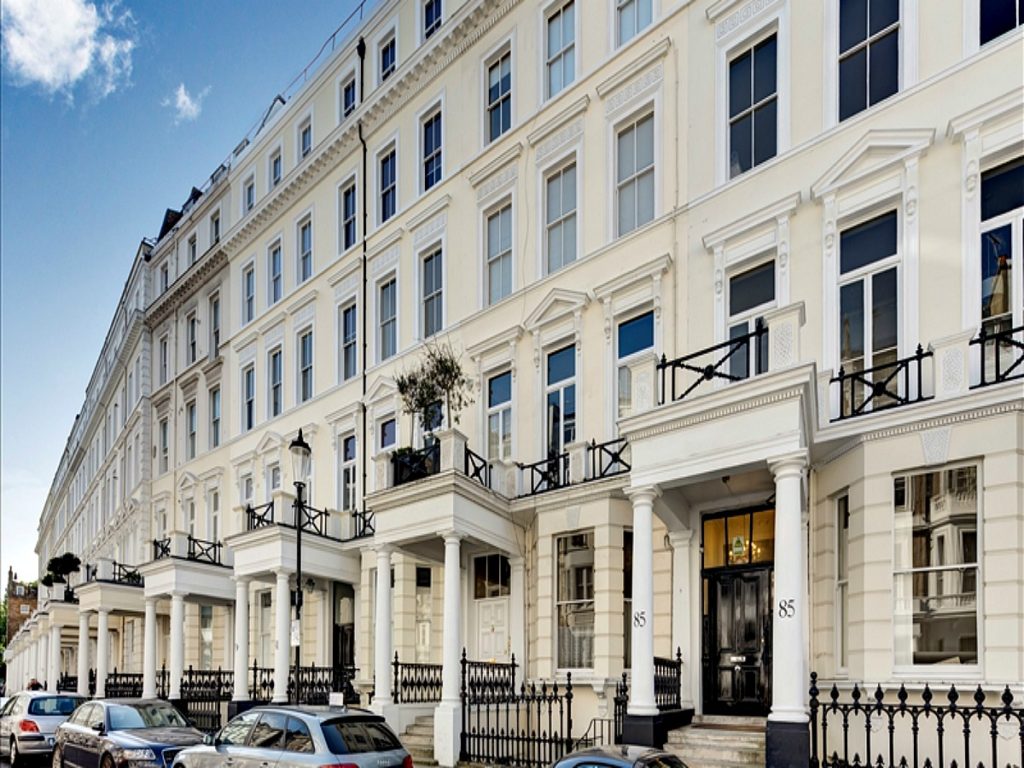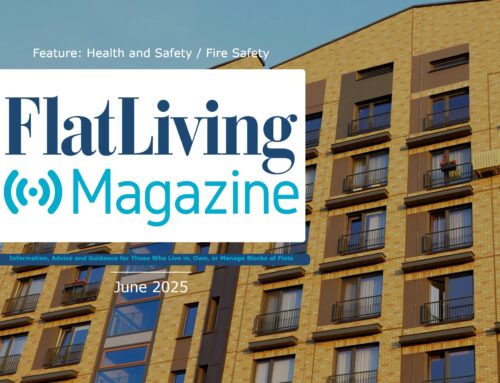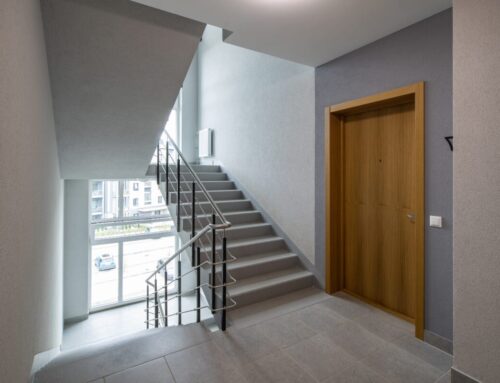
Belinda Thorpe, Managing Director of Residentsline explains how to insure a listed building.
If you own or are responsible for a listed building, the necessity to insure it correctly is two-fold: you must insure it appropriately to protect any leaseholders, residents and contractors living or working in the building, but you also have to make sure you’re financially covered when it comes to the upkeep of the building to its original, protected specifications.
This double-edged sword means that careful policy selection is paramount.
When looked at in simple terms, ideal insurance protection for listed buildings is just a mix of appropriate cover and an insurer with the capability to handle any claims- it may well be advisable to hand the task over to a seasoned broker with great experience in this area.
Why do I Need Specialised Insurance?
Taking on a listed building means accepting responsibility for maintaining it in as close to its original state as possible.
By nature, the majority of listed buildings are very old, and the construction may involve rare materials or craftsmanship that is hard to come by among modern-day contractors. If the property suffers damage for any reason, you may well be legally obliged to restore the property to as close to its original state as possible which can be extremely costly.
While there’s no legal requirement to maintain appropriate insurance for a listed building or a building in a conservation area, legislation does impose various duties on the owner when it comes to repair and maintenance- making adequate insurance an absolute must.
Before You Start Searching for a Policy
Getting the details of your policy requirements right is essential- your broker can only work with the information provided and, if anything is incorrect, you may lose out in the event of a claim.
Before you approach a broker or do any of your own research, gather the following information:
- The year the property was built
- The grade that has been allocated to the building
- The year you purchased the property
- The types of locks and alarms in use throughout (inc windows)
- The details and costs of any claims you’ve made for the property in the past 5 years
- The value of your contents if you live at the property (Confused.com have a handy calculator tool for this) as well as details of any items worth over £1000 that you want to be specifically insured
- The rebuild cost of your house (we recommend asking a chartered surveyor to assess this for you as estimating the rebuild costs of listed building is particularly tricky and it’s imperative that this figure is accurate)
You also need to be aware of some of the unusual elements of cover that may be required in when insuring a heritage property, including:
- Cover for costs incurred by the necessity to meet the requirements of your local authority under the Planning (Listed Building and Conservation Areas) Act 1990.
- Archaeological costs that may be incurred if buildings are damaged. For example, analysis by conservation bodies (this can be necessary if the damage exposes parts of the original fabric of the building that are of significance and need to be examined and recorded).
- Any monuments, memorials or statues in the grounds that need to be included in any cover.
Appropriate Buildings Sum Insured
One more thing to keep in mind when searching for quotes is that the reinstatement of a heritage building will be significantly more expensive than other types of flats and it is vitally important to ensure that the sum insured is adequate. Under-insurance is a common issue for all property owners but it’s even more common with listed buildings due to the complex considerations required- specialist advice and periodic re-evaluation are strongly advised.
Typically, where properties are constructed of traditional materials such as stone, slate and timber, the valuation will be based on rebuilding using similar materials, but not necessarily original identical materials. For example, stone may have to be freshly quarried and recently seasoned timber may have to be used. Appropriate use of modern building techniques should also be allowed for e.g. timber that has been sawn mechanically rather than by hand.
The building sum insured should always include the cost of demolition, site clearance and professional fees along with provision for unrecoverable VAT in respect of these costs. It should also include consideration of the cost of meeting current building regulations.
You may also want to consider additional coverage for the more unexpected such as:
- A policy extension to cover the cost of complying with requirements of the EU or the Local Authority in rebuilding in a different form.
- A large day one uplift to protect against the cost of unexpected inflation over and above the normal buildings cost index. This can be common in heritage properties where the cost of specialist materials can inflate rapidly.
- An unrecoverable VAT clause which protects against additional VAT costs not included in your buildings sum insured.
- A waiver of average clause which can prevent a partial loss claim being reduced if the buildings sum insured is discovered to be inadequate.
Making A Claim
A claim will not only test the adequacy of the insurance policy wording, but also the claims handling capability of both the insurer and the loss adjuster they appoint.
Loss adjusters are independent claims experts (whose actions are monitored by the Chartered Institute of Loss Adjusters) and their role is to ensure your claim is handled fairly and in accordance with the terms of your insurance policy. However, they are appointed and paid by the insurer to act on their behalf. With this in mind it is always a good idea to agree which firm will act as the loss adjuster in the event of a claim (and ensure that they have the necessary experience).
Good communication between all the parties involved is an essential ingredient to the efficient handling of any claim- and in respect of listed properties, this is even more important due to the additional parties involved such as English Heritage.
The loss adjuster will also need to be familiar with the specialist terms and challenges involved in repairing or reinstating this type of property. The use of specialist contractors may be necessary- or even understanding how to resource specialist materials. For example, it might be that a quarry has to be opened just to source the stone required to make a repair. This may sound extreme but actually it’s fairly typical of the challenges faced when preserving historical buildings.
Listed properties will often be occupied by affluent residents and no doubt they will expect the insurer and loss adjuster to reflect this in the handling of a claim- just something to bear in mind during the selection process!
Specialist restoration work will need to be conducted by competent experts and any professionals, such as surveyors or contractors, will need to be experienced in reinstating this type of property- ensuring that your insurance provider has the capability and associated professional firms in place when you arrange cover can help you to avoid many pitfalls when it comes to a claim.
Head to the Residentsline website for information on all of our products and services or, if you’d prefer to speak to a member of our fantastic, specialist team, give us a call on 0800 281 235.




Leave A Comment